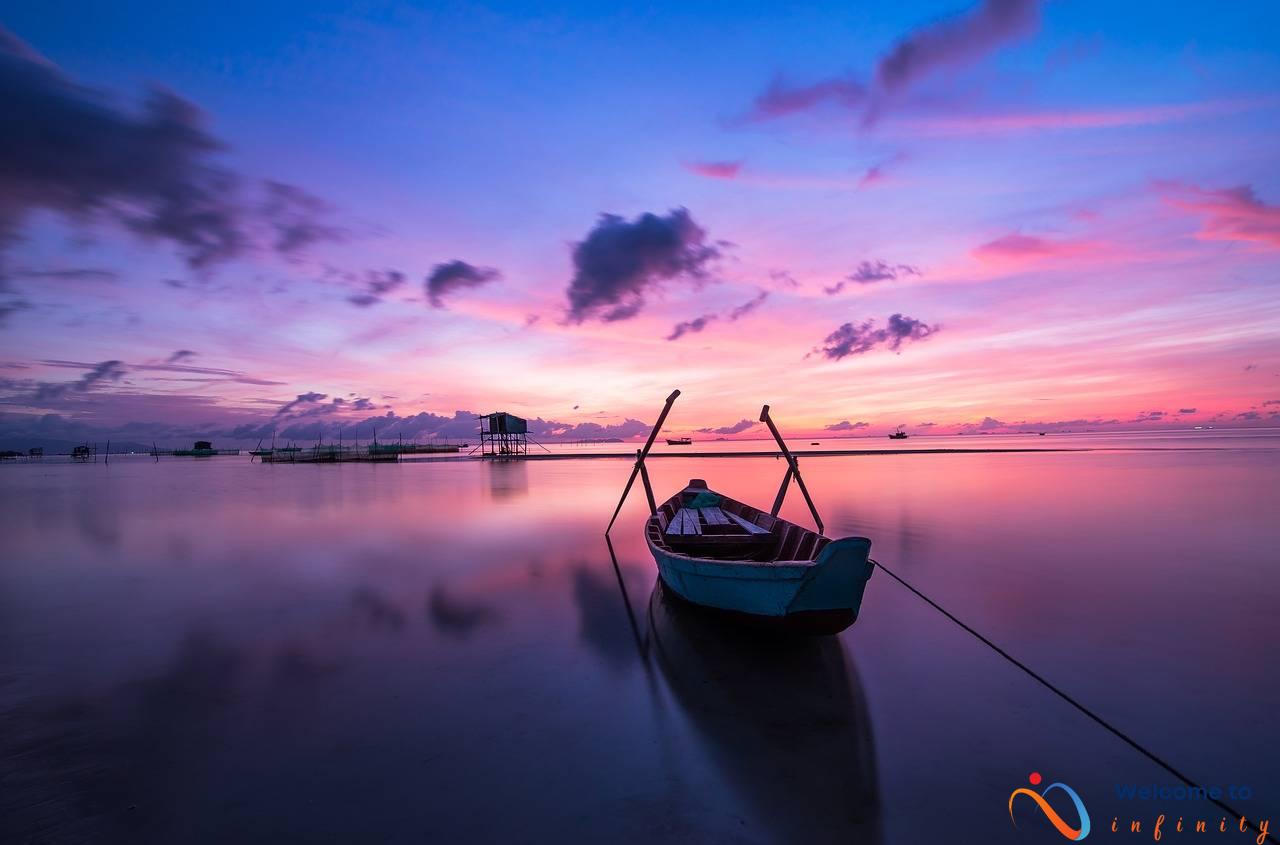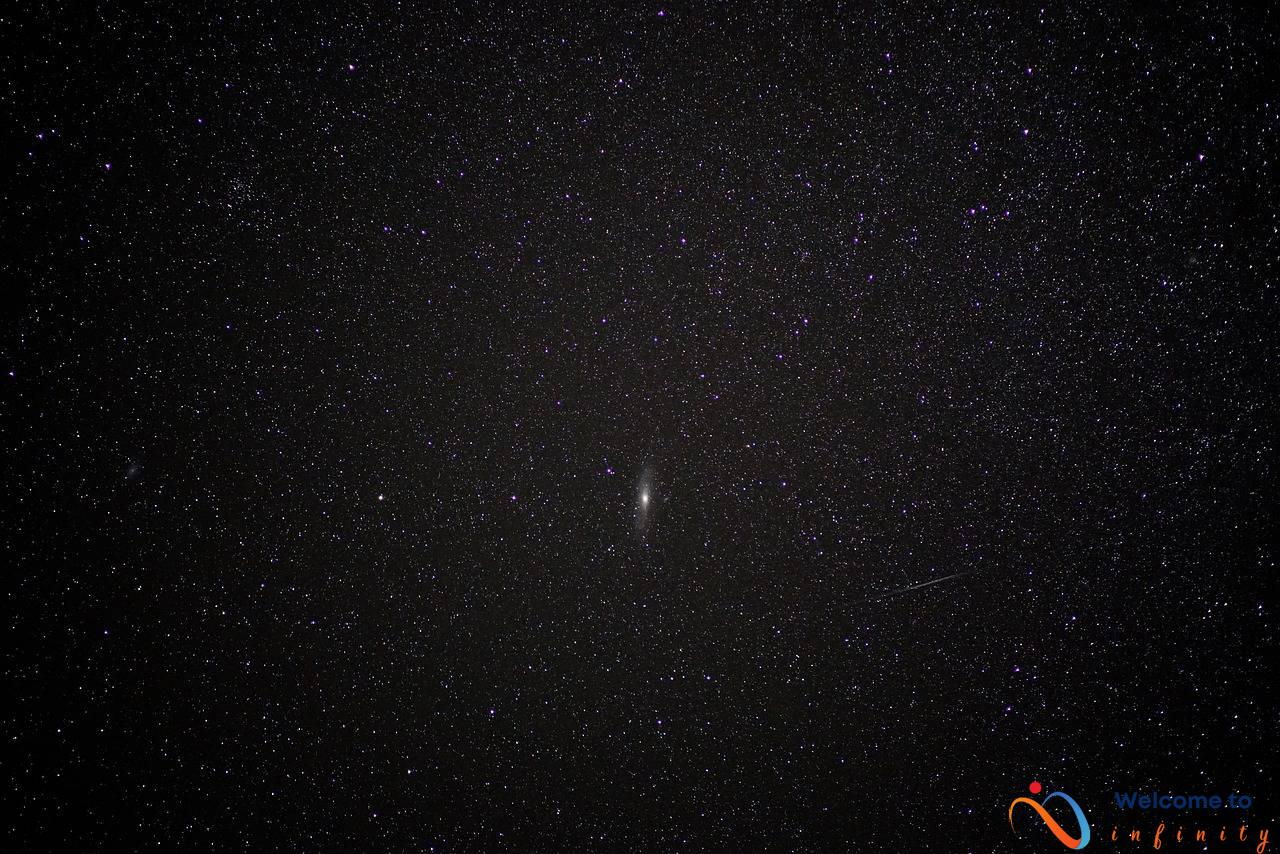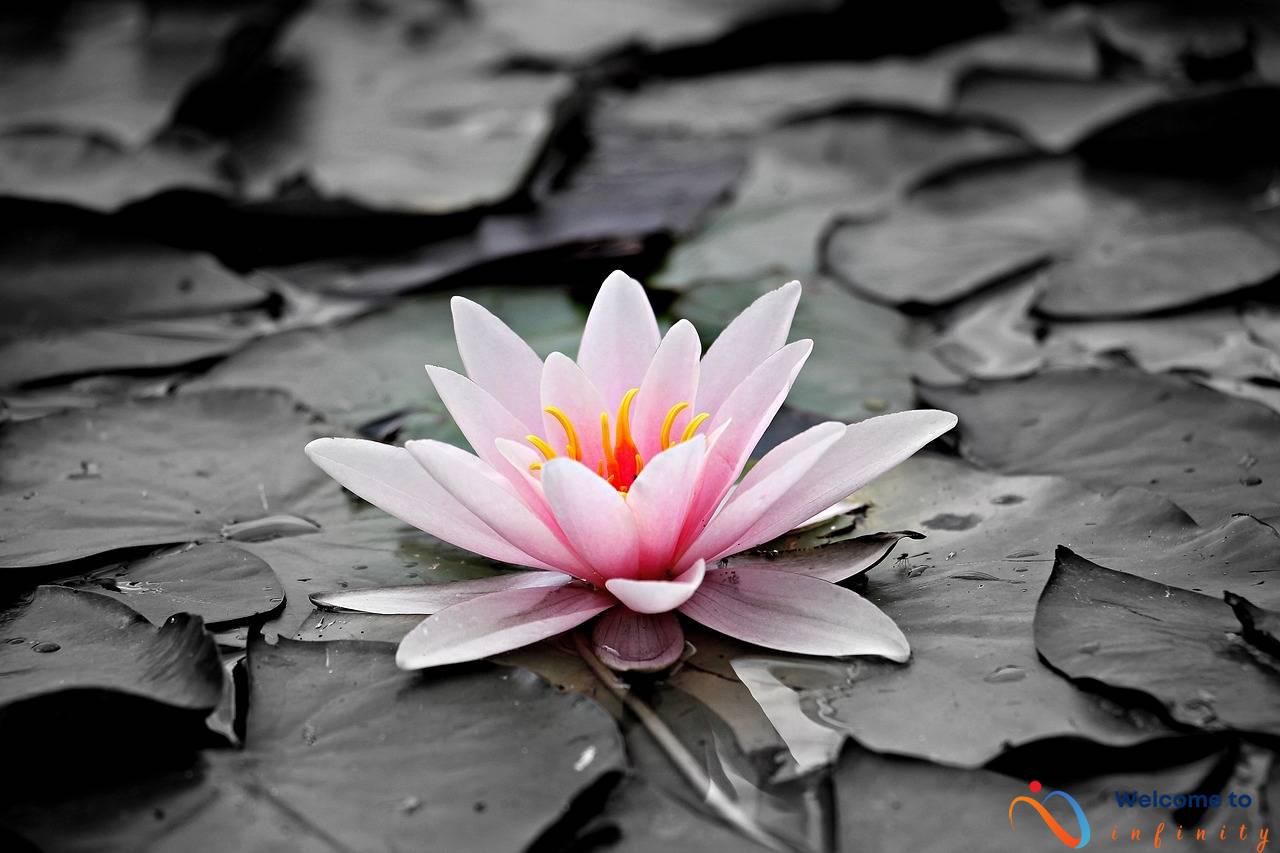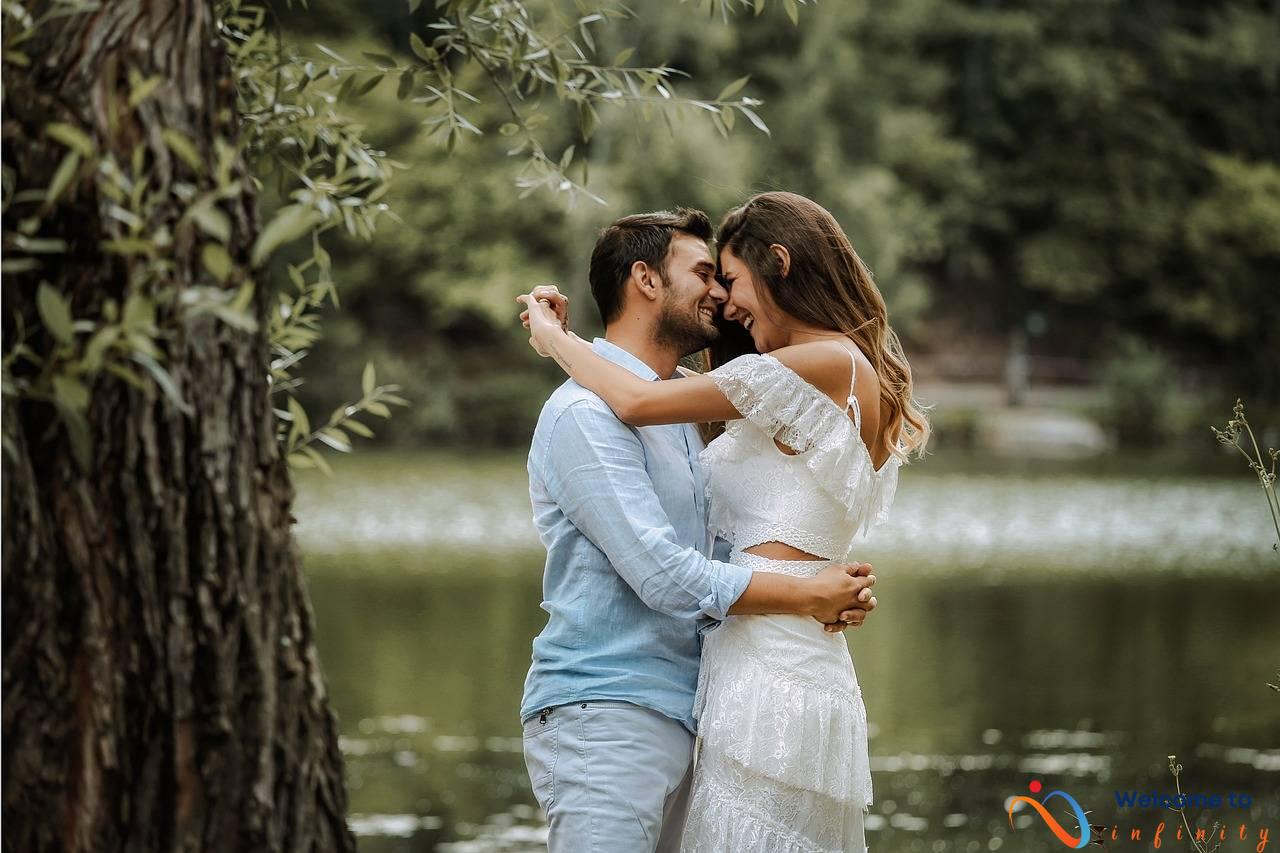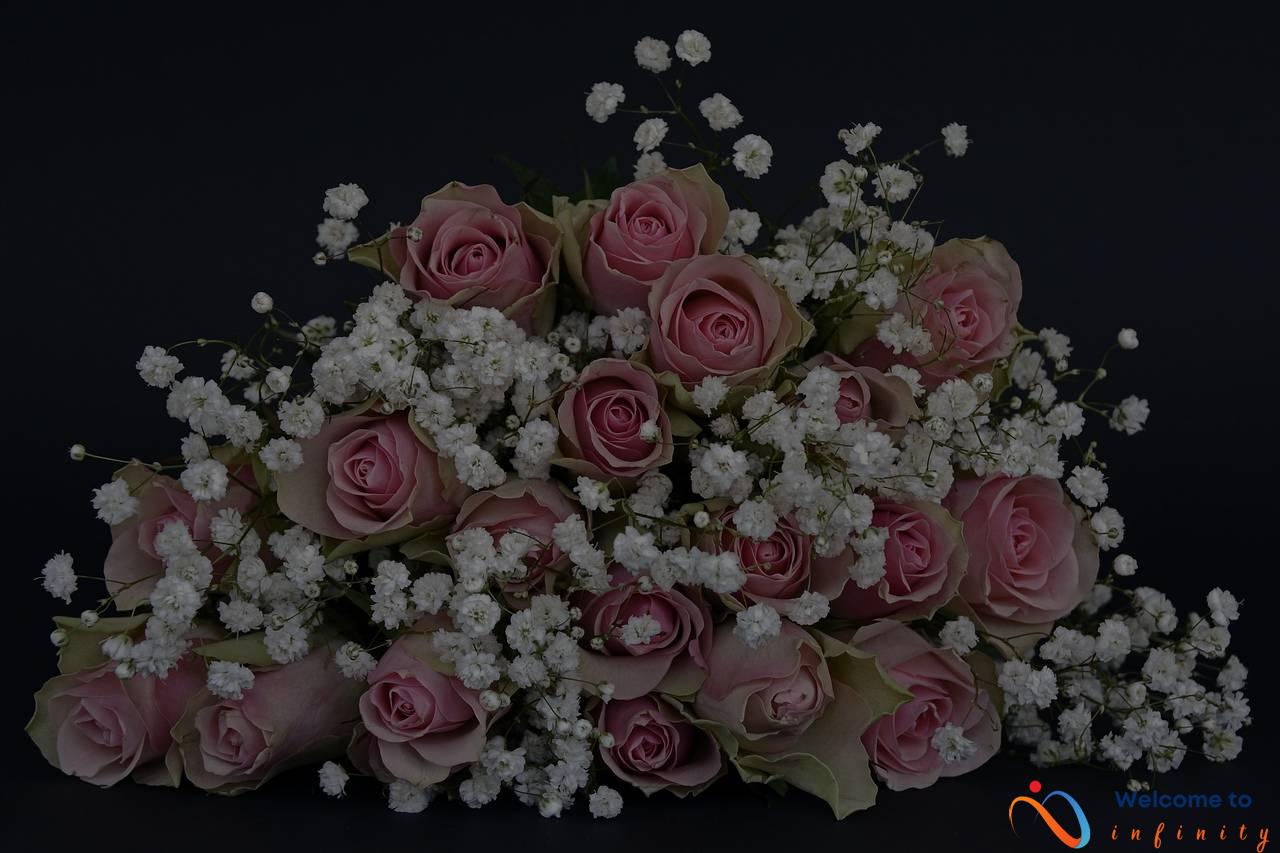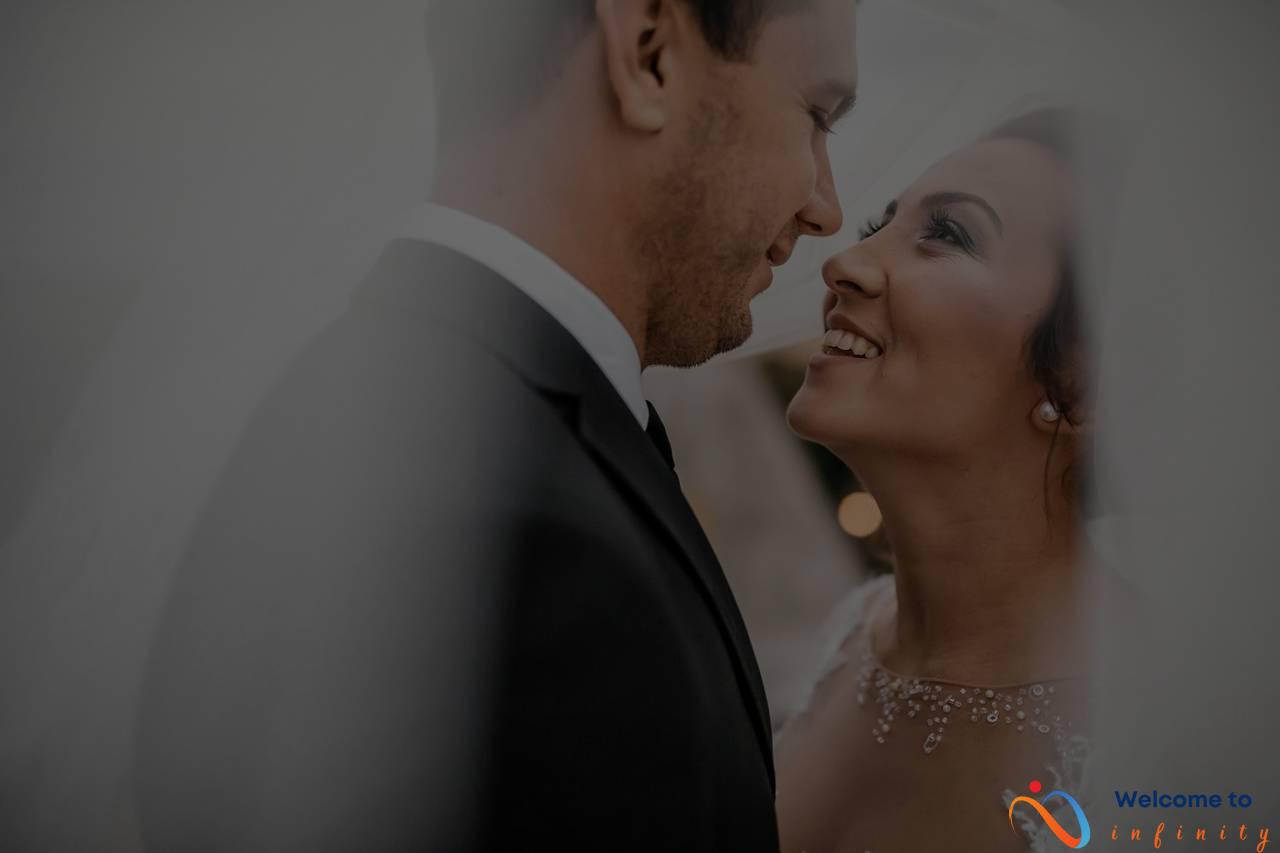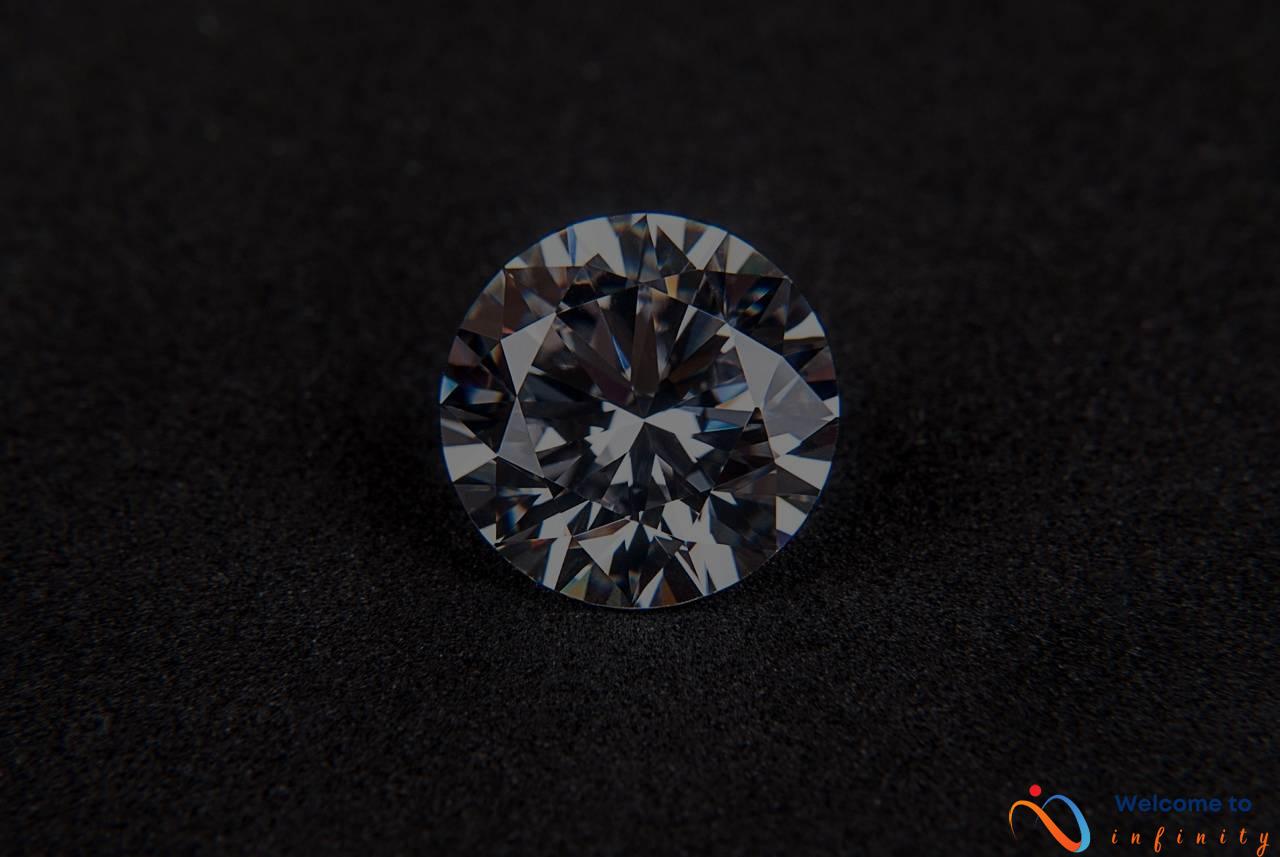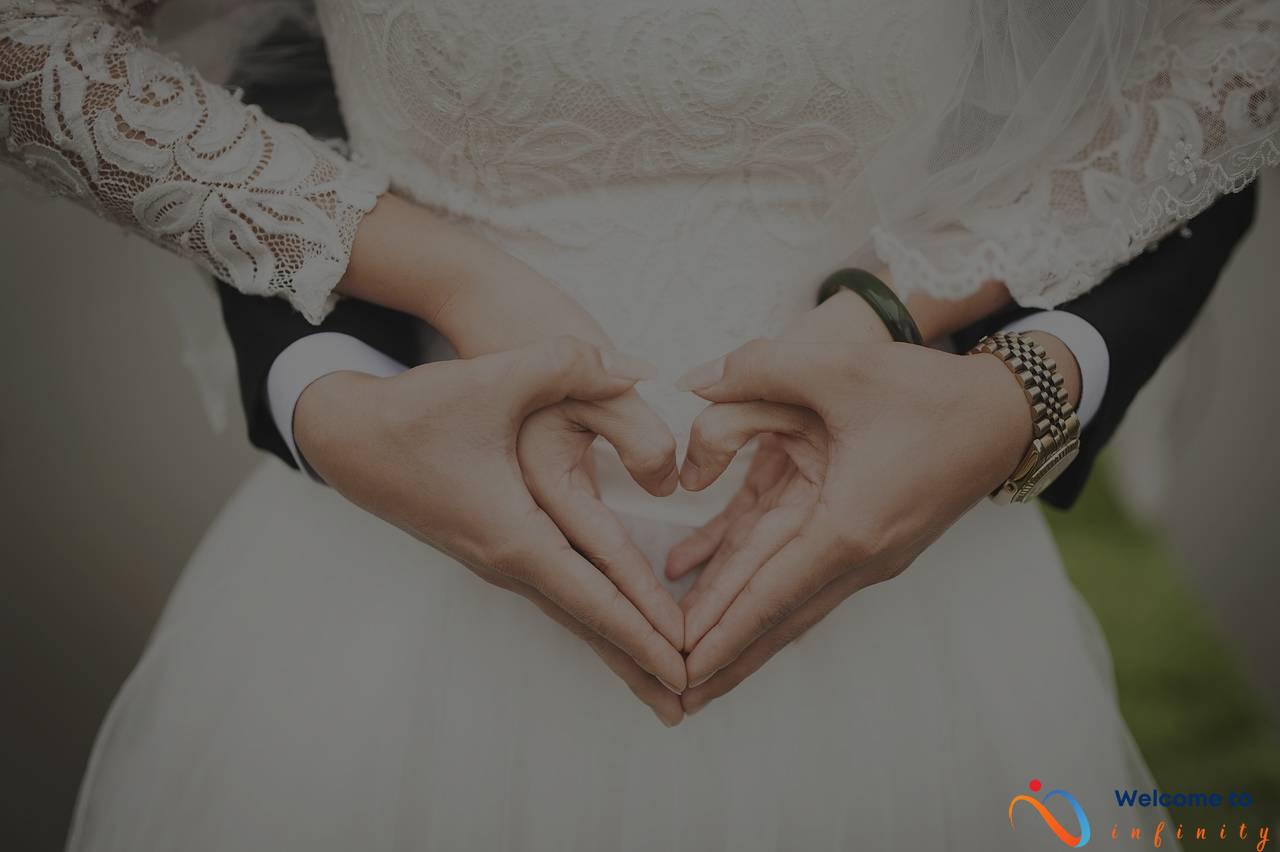Wedding photography has come a long way in recent years, and one of the most popular styles is documentary wedding photography. This genre of photography is all about capturing the candid moments that happen throughout the day, from the getting ready photos to the reception festivities.
Unlike traditional wedding photography, which focuses on posed shots and staged moments, documentary wedding photography aims to tell the story of the day in a natural and unobtrusive way. The result is a collection of images that are authentic, emotional, and true to life.
In this ultimate guide to documentary wedding photography, we'll take you through the steps to nailing the technique and providing your clients with images they'll cherish forever. From understanding the genre to shooting the wedding itself, we'll cover everything you need to know to capture the candid moments that make each wedding unique.
With this guide, you'll be able to approach your next documentary wedding shoot with confidence and take your photography to the next level. Whether you're an experienced professional or just starting out, this guide will provide you with the tips, tricks, and techniques you need to create images that tell the story of the day and capture the emotions that go along with it.
Understanding Documentary Wedding Photography
Documentary wedding photography is a style of photography that captures candid moments throughout the wedding day. Unlike traditional wedding photography, which focuses on posed shots, documentary wedding photography tells the story of the day through natural moments and interactions. It's all about capturing the real emotions and events as they happen, without interfering or directing the action.
To approach documentary wedding photography, it's important to have a strong understanding of the couple's personality and style. This will help you anticipate key moments and capture them as they unfold. It's also important to pay attention to the details, such as the environment, lighting, and framing, to create visually compelling images.
When shooting a documentary wedding, it's important to be prepared for anything. You never know when the perfect moment will present itself, so it's important to always be ready to click the shutter. One way to approach this is to use a fast shooting speed in burst mode to capture multiple shots in quick succession.
Another important aspect of documentary wedding photography is building trust with the couple and their guests. It's important to make them feel comfortable and relaxed in front of the camera, so they can be themselves and the photos can reflect their true emotions and personality.
- Focus on capturing natural, candid moments
- Prioritize the environment, lighting, and framing to create visually compelling images
- Use a fast shooting speed in burst mode to capture important moments
- Build trust with the couple and their guests to capture authentic emotions
By understanding the essence of documentary wedding photography and applying these tips and techniques, you can best capture the candid moments and emotions that make each couple's special day unique.
Preparing for the Big Day
Documentary wedding photography requires proper preparation to ensure that you capture all the candid and important moments of the day. Here are some tips to help you be fully prepared:
- Scout the locations: Before the wedding day, visit the venues and locations where the couple will be getting ready, getting married, and having the reception. This will give you an idea of the lighting, space, and potential obstacles to consider when shooting.
- Meet with the couple: Meet with the couple ahead of time to understand their expectations and preferences. Talk to them about the shooting style, the moments they want to be captured, and any specific requests they might have. This will help you tailor your approach and deliver images that exceed their expectations.
- Create a timeline: Work with the couple to create a timeline for the day. This will help you plan your shots, anticipate any changes in the schedule, and ensure that you capture all the important moments.
- Bring backup equipment: Always bring backup equipment, including cameras, lenses, batteries, and memory cards. This will ensure that you're prepared for any technical issues that may arise during the day.
- Dress appropriately: Dress in comfortable and appropriate attire. You'll be moving around a lot, so wear clothes that allow you to do so easily and without distraction.
By taking the time to properly prepare, you'll be able to provide your clients with images that accurately and beautifully document their special day.
Equipment Checklist
When it comes to documentary wedding photography, having the right equipment is crucial. Here's a checklist of the gear you'll need to ensure you capture all the important moments:
- Camera: A camera with manual settings is a must for documentary wedding photography. It's important to be able to adjust your settings quickly in changing lighting conditions. Consider having a backup camera as well.
- Lenses: A variety of lenses will give you the flexibility to capture a range of shots. A wide-angle lens is great for capturing group shots and the venue, while a telephoto lens allows you to capture candid moments from a distance.
- Memory Cards: Make sure you have plenty of memory cards with adequate storage space. You don't want to have to stop mid-shoot to swap out cards.
- Batteries and Chargers: Bring extra batteries and chargers for your camera and flash to ensure you don't miss any important shots.
- Flash: A flash is essential for low-light situations, but make sure you know how to use it properly to avoid harsh shadows and blown-out highlights.
- Tripod: A tripod can be helpful for group shots and capturing candid moments without camera shake.
Having the right equipment is important, but it's also crucial to know how to use it effectively. Take the time to practice with your gear before the big day to ensure that you're comfortable with it and can use it to its full potential.
Tips for Working with Couples
When it comes to documentary wedding photography, one of the most important aspects is building a good rapport with the couples. This is because you need to capture them in candid moments throughout the day, which means they need to feel comfortable in front of the camera. Here are some tips to help you work with couples:
- Start with a consultation: before the wedding day, meet with the couple to discuss their vision and expectations.
- Listen actively: during the consultation and on the wedding day, actively listen to the couple's needs and desires.
- Get to know them: it's essential to build a personal connection with the couple to make them feel at ease.
- Be patient: dealing with couples can be challenging, but patience is key to capturing the perfect shot.
- Provide direction: give guidance to the couple on how to pose or what to do to capture a candid moment.
- Be flexible: things don't always go as planned, so it's important to be adaptable and change your approach if needed.
- Communicate clearly: ensure that you are clear in your communication with the couple so that they understand what you want from them.
Remember, the more comfortable the couple feels around you, the more likely they are to let their guard down and allow you to capture intimate and candid moments throughout their special day.
Shooting the Wedding
The wedding day is finally here and capturing all the candid moments can seem overwhelming. But don't fret; with the right approach, you can capture all of the important moments that the couple will treasure forever.
One of the best ways to approach capturing candid moments is to be in the right place at the right time. This means being aware of your surroundings, anticipating special moments, and being ready to capture them. Keep an eye on the couple and their guests so that you are prepared to capture their reactions and emotions throughout the day.
Another technique for capturing candid shots is to use a longer lens, such as a telephoto lens. This allows you to capture moments from a distance without interrupting the moment or drawing attention to yourself. When you are closer to the couple, switch to a wider angle lens to capture the environment and details that surround them.
It's also important to remember that not all candid moments happen during the ceremony or reception. Keep your camera on-hand throughout the day to capture candid moments, such as the couple getting ready or interacting with their guests.
Creating a shot list and timeline can also help you to stay on track and be in the right place at the right time. Make a list of all the moments you want to capture, such as the first kiss or the first dance. Then, create a timeline for when those moments are expected to happen so that you can plan accordingly.
Lastly, don't forget to be unobtrusive when capturing candid moments. This means dressing appropriately, avoiding using flash whenever possible, and taking photos from a distance. You want to capture the moments without disrupting them.
- Be aware of surroundings and anticipate moments
- Use longer lenses and wider angles
- Capture candid moments throughout the day
- Create a shot list and timeline
- Remain unobtrusive while capturing candid moments
By being prepared, creative, and unobtrusive, you can capture all of the important candid moments that the couple will treasure forever.
Shot List and Timeline
A shot list and timeline are essential tools for any documentary wedding photographer. Creating a shot list ahead of time will help you stay organized and ensure that you don't miss any of the important moments on the big day. A timeline will help you plan out your shots and make sure you have enough time to capture all of the essential images.
To create a shot list, start by talking to the couple and finding out what moments they want you to capture. This could include getting ready, the first kiss, the exchange of rings, and the first dance. Once you have a list of the essential shots, you can start planning out your timeline.
When creating your timeline, start by figuring out what time the ceremony will start. From there, you can work backward to determine when you need to arrive at the venue and when you should start shooting each part of the day. Make sure to leave extra time for unexpected delays or last-minute changes.
It's important to keep in mind that your timeline and shot list are just a guide. You'll need to stay flexible throughout the day to capture the unexpected moments that make documentary wedding photography so special. Use your shot list and timeline as a starting point, but don't be afraid to deviate from it when needed.
- Start by talking to the couple to create a list of essential shots.
- Create a timeline by working backward from the ceremony start time.
- Stay flexible and be prepared to deviate from your plan when needed.
Tips for Staying Unobtrusive
Documentary wedding photographers have a unique challenge – capturing candid moments without being noticed. Being highly visible can change people's behavior in front of the lens, so blending in with the crowd is key to getting natural shots. Here are some tips to help you stay unobtrusive:
- Dress appropriately: Dress to blend in with the wedding guests. Avoid bright or flashy colors that will draw attention to you. Dressing professionally can help you avoid being mistaken for a guest or wedding crasher.
- Use silent equipment: Cameras with loud shutter sounds or beeping noises can be distracting and draw unwanted attention. Use cameras with a silent mode, or cover the camera body with something like a soft foam wrap to muffle the sound.
- Be observant: Staying razor sharp and noticing the surroundings is crucial to anticipate any special or unexpected moments that may unfold. Being able to react without drawing too much attention to yourself is crucial in order to achieve the best shots possible.
- Stay on the sidelines: Try to remain on the periphery when photographing the event, and avoid standing directly in front of the wedding party, or blocking the view of the guests. Utilize your long lens to get tight shots from a distance, or capture shots from behind as well.
- Avoid using flash when possible: Flash can be distracting and change the ambience of the moment. Try to use natural light whenever possible, unless in moments where a flash is necessary.
- Blend in with the crowd: Try to act like a guest or event staff member. Take cues from the people around you and try to act naturally. Avoid making sudden movements or drawing attention to yourself during important moments of the event.
By using these techniques, you can stay unobtrusive during the wedding and capture truly candid moments. Remember, the key is to blend in with the guests and create a relaxed environment where people feel comfortable being themselves. Utilizing these techniques can enhance the documentary wedding photography experience and produce beautiful imagery of your client's special day.
Post-Production and Delivery
Post-production is an integral part of documentary wedding photography. It is where you have the opportunity to bring your images to life and make them more impactful. The first step in post-production is to carefully select the images that are worth enhancing and editing.
When editing your images, it is crucial to maintain the candid and natural quality of the images you have captured. The objective is to enhance the images as much as possible without losing their authenticity. You could start with basic adjustments, such as brightness, contrast and sharpness. Then move on to more advanced editing tools such as skin smoothing or removing blemishes.
While it is tempting to use presets or filters for editing, it is always better to do it manually. Each wedding has its own unique character and mood. Therefore, every image within the set has to be edited individually to match the overall tone. By doing so, you have the chance to give a tailored finish to your images.
Once the editing is complete, you need to consider how to deliver the images to your clients. With today's technology, there are many options available, including USBs, online galleries, and print books. Whichever method you choose, make sure that it is user-friendly, and caters to your clients' specific requirements. This is the final phase of your work and is critical to ensure that your clients are happy with the end result.
In conclusion, post-production plays a significant role in documentary wedding photography. It is the phase where you enhance the candid moments and make them impactful. Always keep in mind the mood and character of each wedding while editing. Additionally, the delivery of the images plays a critical role in ensuring your clients are satisfied with your work. By following these guidelines, you can create images that will be cherished for years to come.
Editing Tips and Tricks
If you want your documentary wedding photography to truly capture the essence of the day, the editing process is crucial. Here are some tips and tricks for editing your images in a way that enhances their impact and tells the story of the day:
- Don't over-edit: While it can be tempting to go overboard with editing, especially with the many filters and presets available, keep in mind that the goal is to enhance the natural beauty of the photos, not to completely transform them. Stick to subtle adjustments that bring out the best in each image.
- Consider black and white: Documentary wedding photography often relies heavily on black and white images to convey emotion and mood. Experiment with converting some of your shots to black and white to see how they look and whether they fit the overall style of the shoot.
- Pay attention to lighting: Sometimes lighting can be less than ideal on the wedding day, but that doesn't mean you have to settle for less-than-great photos. Take advantage of editing software to brighten or darken certain areas of the image, or adjust contrast and saturation to enhance the colors.
- Experiment with cropping: The beauty of documentary photography is its candid nature, but that doesn't mean you can't crop certain images to highlight certain details or moments. Play around with cropping to see how you can draw attention to certain aspects of each image.
- Be consistent: Maintaining a consistent editing style throughout the shoot will help tie the images together and create a cohesive story. Experiment with different editing techniques until you find one that works for you and can be applied consistently to all of your images.
Remember, the editing process is just as important as the shooting process. By following these tips and techniques, you can ensure that your images truly capture the candid moments and emotions of the day.
Delivering Your Images
Once you've finished editing your images, it's time to deliver them to your clients. Before you do that, however, it's important to understand their expectations and tailor your delivery to meet their needs.
The first step is to communicate with your clients. Ask them how they would like to receive their images and if they have any specific requests for format or delivery method. Some clients may want physical prints while others prefer digital copies. It's also important to ask if they have any deadlines or events where they would like to use the images.
Once you have a clear understanding of their needs, it's time to deliver the images. If you're providing digital copies, make sure they are in the appropriate file format and resolution. You may also want to consider creating a slideshow or album of the best images for easy viewing.
If you're providing physical prints, make sure they are of high quality and packaged appropriately. You may want to consider adding a personalized touch such as a thank-you note or a customized USB drive.
Finally, don't forget to follow up with your clients after delivery. Ask if they are satisfied with the images and if there is anything else you can do for them. It's important to build long-term relationships with your clients for future business and referrals.
In summary, delivering your images is just as important as capturing them. Take the time to understand your clients' needs, provide high-quality images in the appropriate format, and follow up to ensure their satisfaction.
Conclusion
Documentary wedding photography is a unique and challenging genre that requires a lot of effort and hard work, but the results are worth it. By capturing candid moments throughout the day, you can create images that tell the story of the wedding and capture the emotions and joy that the couple and their guests experience. It is different from traditional wedding photography because it focuses on capturing real moments rather than posed and staged shots.
To become a successful documentary wedding photographer, you need to understand the techniques and put in the work. This involves preparing for the big day by scouting locations, meeting with the couple, and creating a shot list and timeline. It is also important to have the necessary equipment and know how to work with couples to make them feel comfortable and relaxed in front of the camera.
During the wedding day, you need to be in the right place at the right time to capture the important moments without being obtrusive. This involves knowing when to capture candid shots and when to step back and let the events unfold naturally. Post-production is also important to bring your images to life and enhance their impact. By editing your images and delivering them to your clients in a way that meets their needs and exceeds their expectations, you can create images that they will treasure for a lifetime.
Overall, documentary wedding photography is a challenging but rewarding genre. By understanding the techniques and putting in the work, you can create images that truly capture the essence of the wedding day and the emotions of the couple and their guests. If you are willing to put in the effort, documentary wedding photography can be a satisfying and fulfilling career choice.

